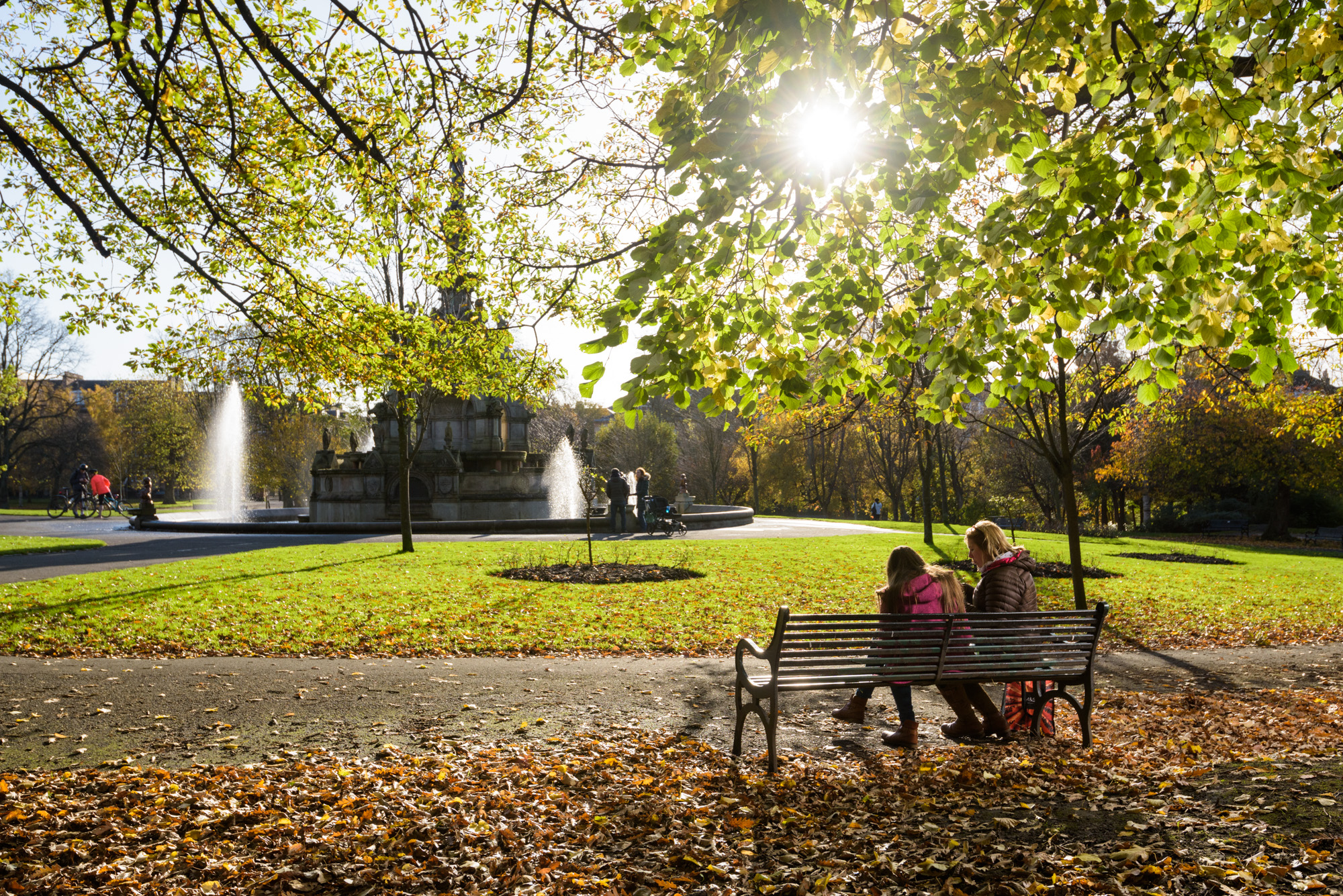The urban forest is made up of trees and woodland across towns and cities. They range from street trees to trees in private gardens and public parks and greenspace, hedgerows and woodlands. They have huge social, environmental and economic benefits . They have a positive impact on local wildlife, mental and physical health, air quality, reduce energy consumption, reduce flooding incidents, encourage inward investment and make the places we live and work in more beautiful.
Trees, thoughtfully integrated with development, are important elements of urban green infrastructure, including through improvements to air quality, reducing noise levels, temperature extremes, flood management and improving quality of life. Urban woods and trees support a huge range of wildlife. As somewhere to feed, shelter and breed, they are vitally important for connectivity and supporting species in urban areas. The Covid-19 pandemic has highlighted how much people need access to quality greenspace, particularly trees and woods, close to where they live. Our urban areas are where most people live so it’s vital urban woods and trees are present and accessible in populated areas so as many people as possible can benefit from them. Measuring canopy cover is often recognised as a first step in understanding the urban forest and is used as a proxy for its benefits, and tools such as i-Tree surveys are used to measure canopy cover.
Action Needed
- Advocate for better protection for trees and woods, especially ancient trees and woodlands, in the next National Planning Framework 4.
- Support a significant increase in canopy cover across Scotland’s towns and cities, and the allocation of appropriate resources for local authorities to manage their urban forests.
- Encourage local authorities to commit to a minimum of 30% tree canopy cover for new development land.
- Support increased native woodland creation and management in urban and peri-urban areas, and help ensure the Scottish Government is on track to reach 18,000 ha of new woodland creation per year by 2025.
Threats
- Inappropriate development management resulting in loss of irreplaceable ancient woodlands, loss of urban trees and also missing on the opportunity to secure increases in canopy cover.
- Lack of resources for local authorities to plant and look after trees, and create and manage more quality woods close to where people live.
- Local authorities regarding the urban forest as a liability rather than an asset.
- Overgrazing by deer in the urban environment is also an issue and management focus must also be directed in urban and peri-urban areas.
MSP Nature Champion

Shona Robison
Member for: Dundee City East
Region: North East Scotland
Party: Scottish National Party


